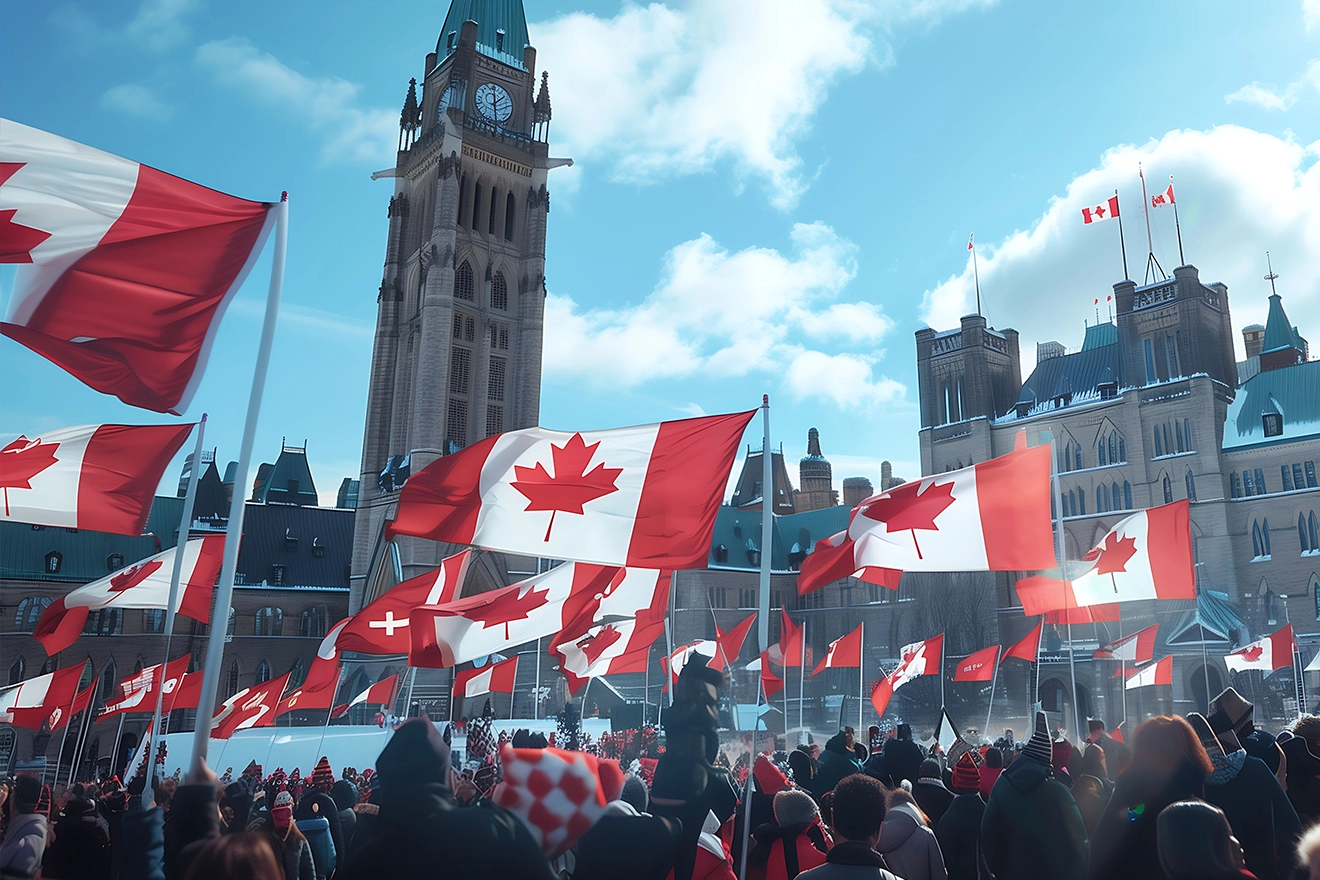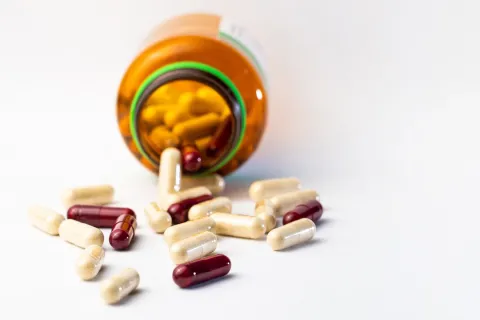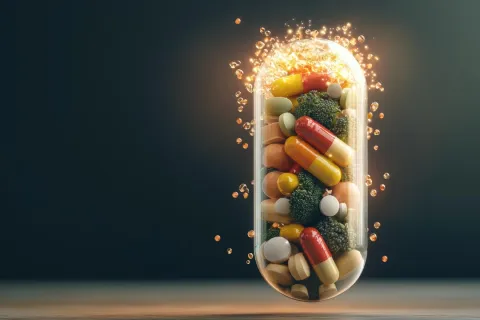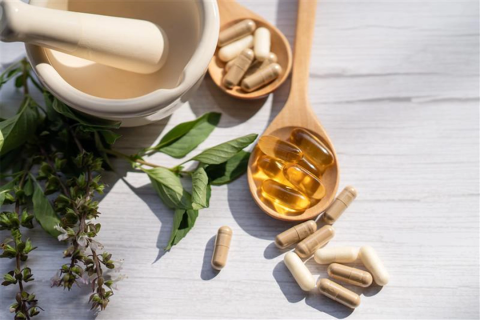
In Canada, Natural Health Products (NHPs) are regulated through a comprehensive framework outlined in the NHP regulations. Manufacturers and distributors of NHPs need to obtain product licenses from Health Canada (HC) before marketing their products in the Canadian market. Each NHP approved for sale in Canada is assigned a unique identifier known as the Natural Product Number (NPN). This unique identifier, issued by HC, signifies that a product has undergone assessment and meets the necessary safety and quality standards for sale in Canada.
What is the NPN?
The NPN is an eight-digit unique identifier code assigned to each NHP by HC. Its primary role is to ensure that a product meets stringent standards and is supported by robust scientific evidence before being made available to consumers. The NPN must be prominently displayed on the label of all packages of a product sold in Canada. It serves as a clear indicator to consumers, retailers, and HC that the product has been reviewed and approved for sale.
HAs and their Regulations
Health Canada (HC) is the central authority responsible for regulating and overseeing NHPs in Canada, ensuring that they meet all the safety, efficacy, and quality standards. The Natural and Non-prescription Health Products Directorate (NNHPD), a body under the umbrella of HC, is the authority responsible for evaluating and approving NHPs.
Regulatory Requirements for Obtaining an NPN
The process for obtaining an NPN in Canada for an NHP involves several steps, including:
- Determining if an NPN is Required: The first step is to determine if an NPN is required for the food product.
- Product Licensing Requirements: To obtain an NPN, a manufacturer must first apply for a product license from HC.
- Submission of the Product License Application (PLA): Based on the assessment, the manufacturer must submit a PLA to HC.
- HC Review: HC then reviews the PLA and may also request additional information before issuing a product license.
- NPN Assignment: After the product’s NPN license in Canada is issued, HC assigns an NPN to the product.
- Labeling and Advertising Compliance: The product label and advertising must comply with HC’s regulations and guidelines. This includes ensuring that the label and advertising do not make any false or misleading claims.
- Timing and Classes of NPNs: The timeline for obtaining an NPN can vary from sixty (60) to two hundred and seventy (270) days, depending on the product ingredients and the class of the PLA. There are three (03) classes of PLAs: Class I, Class II, and Class III. The class of the PLA determines the level of review and the time required for obtaining the NPN.
Challenges Faced by Manufacturers
Manufacturers may encounter many hurdles in obtaining an NPN, such as:
- Gathering scientific evidence to support the product’s safety and efficacy.
- Meeting HC’s stringent requirements for labeling and claims.
- Ensuring compliance with the Regulatory standards and guidelines.
Consequences of Non-compliance
Failure to comply with the HC’s regulations and obtain an NPN for NHPs can result in penalties, legal action, and a legal ban from selling the product in Canada. In addition, non-compliance may damage a manufacturer’s reputation and credibility in the market.
Thus, obtaining an NPN is crucial for guaranteeing the safety, efficacy, and quality of NHPs in Canada. Through stringent adherence to Regulatory standards, with the assistance of Freyr Regulatory experts, and by acquiring an NPN, businesses in the food and dietary supplements industry can showcase their dedication to consumer safety and Regulatory adherence. This, in turn, enhances their competitive advantage in the market. Our Regulatory experts will not only guarantee your smooth entry into the Canadian NHP market, but also provide you with ongoing support in navigating Regulatory complexities. Contact Freyr now!









